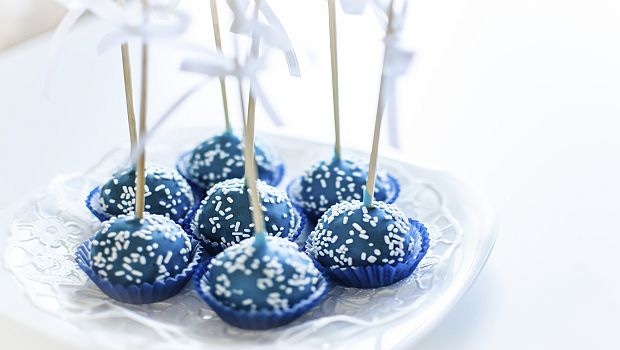Executive Summary: The Natural Color Palette
As the natural and clean-label movement continues to gain momentum, color plays a pivotal role in the success of a product. It might be one of the last items on the ingredient list, but color not only makes a product more attractive, it can also affect how a consumer perceives it to taste.
June 12, 2015

As the natural and clean-label movement continues to gain momentum, color plays a pivotal role in the success of a product. It might be one of the last items on the ingredient list, but color not only makes a product more attractive, it can also affect how a consumer perceives it to taste.
The digital issue, “The Natural Color Palette," explores the rising global market for food colors, unique challenges and strategies set forth by naturally derived colors. When compared to synthetic colors, most natural options represent some level of compromise for the food and beverage manufacturer.
According to the MarketsandMarkets report, “Food Colors Market by Type, Application & Geography—Global Trends & Forecast to 2019," the global market for food colors is projected to reach $2.3 billion by 2019, representing a compound annual growth rate (CAGR) of 4.6 percent over that time period.
A presentation entitled, “Colors & Flavors," by Mintel, Chicago, at IFT 2014, reported 47 percent of U.S. consumers prefer to eat foods without any artificial additives, including artificial flavors. Also according to Mintel, Chicago, Europe is leading the way in the switch to natural colors—with 85 percent of new product launches touting natural colors, compared to 33 percent in the United States.
There are some reasons for the growing popularity shift to natural colors in the United States. One being the 2007 Southampton study that linked synthetic color dyes to hyperactivity in children. Another reason being parents and millennials pushing the natural trend. Sensient Colors’ research shows that while 66 percent of all consumers express concern over artificial colors, that percentage rises to 72 percent among Millennials and 86 percent among millennial moms.
The two major demographics may have influenced brands such as Nestlé, Hershey and Kraft to replace the artificial colors in their flagship products with more naturally derived and consumer-approved sources. Kraft Foods announced it will eliminate FD&C yellow dyes No. 5 and No. 6 from its Original Kraft Macaroni & Cheese products sold in the United States by January 2016, substituting colorants derived from paprika, annatto and turmeric in their stead.
Another color controversy making headlines is 4-Mel—a byproduct generated in trace amounts from caramel colors in Classes III and IV—which is found every day in consumers’ home-cooked meals, be it on the grill, in the sauce pan from browning or in the roasting pan. Although all classes of caramel color have long enjoyed GRAS (generally recognize as safe) status in the United States, consumers have now linked synthetic caramel colors to cancer, thus causing a slide in caramel colorants’ reputation.
From brown hues derived from gluten-free malt extracts, and a variety of vegetable juices and spices, to red hues derived from beets, grape skins and tomatoes to the fairly new FDA-approved spirulina, which offers natural blue shades comparable to FD&C Blue No.1, the industry remains consistent in finding new technologies and innovations to replace artificial colors and meet consumer demands. For more on this trending topic, read contributing editor Kimberly J. Decker’s article, “The Future’s So Bright: Making Natural Colors the New Normal."
You May Also Like




.png?width=800&auto=webp&quality=80&disable=upscale)